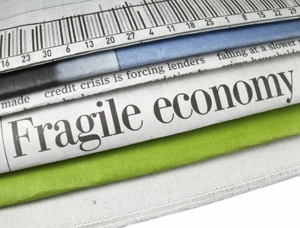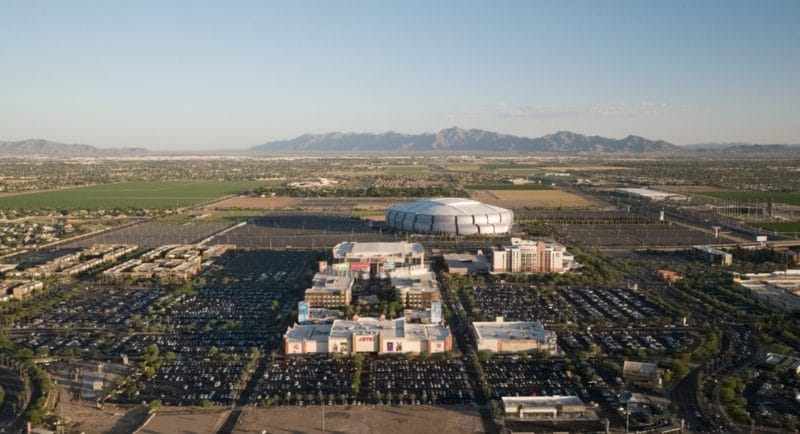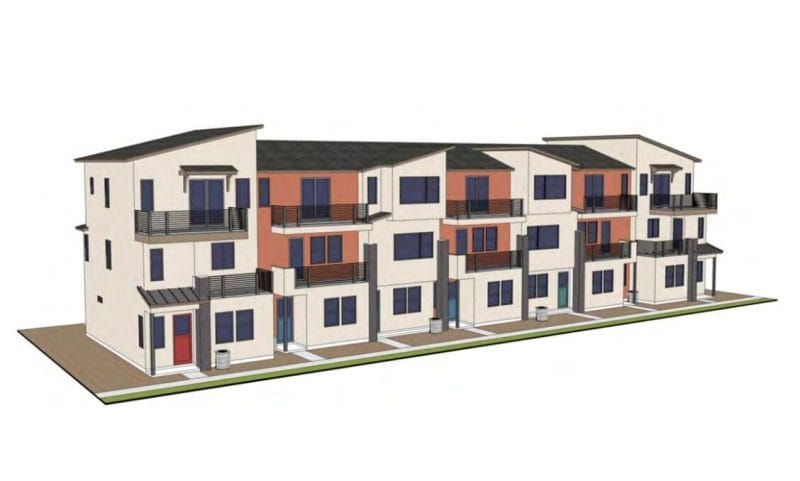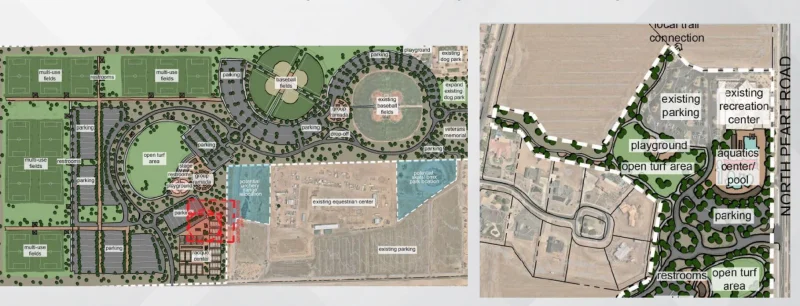 The Monday Morning Quarterback / A quick analysis of important economic data released over the past week
The Monday Morning Quarterback / A quick analysis of important economic data released over the past week
The Arizona Joint Legislative Budget Committee recently published preliminary FY 2014 revenues and the resulting implications for upcoming years. The conclusion was not a positive outlook for Arizona’s fiscal position going forward. There is expected to be a revenue shortfall once final figures are announced which will lower the state’s carry forward balance. This then affects the projected balance of the FY 2015 budget and actually would result in a shortfall of revenues even if the economy hits its forecasted growth of 5.3%. Furthermore, the impact of court mandated K-12 spending increases would compound the shortfall.
As you can see, the combined effect of the weak economic recovery, budgeting expenses in excess of revenues, and unexpected costs such as the K-12 litigation has placed Arizona’s finances in a fragile position in the coming years. If these shortfalls are not resolved in the upcoming legislative session, JLBC calculates a cumulative deficit of $1.2 billion in FY 2016.
Arizona Snapshot:
While Arizona weekly unemployment claims were down 30.8% from a year ago for the third week in July, they are up 0.3% from the prior week.
Retail Sales in May were up 4.0% for the state and 4.7% for Maricopa County when compared to a year ago.
According to Cushman & Wakefield / PICOR, the Tucson office market posted a third consecutive quarter of positive absorption slightly decreasing the vacancy rate to 12.3% in the second quarter of 2014.
U.S. Snapshot:
Initial jobless claims fell to a much lower-than-expected level of 284,000 (see chart below). This is a recovery low (the lowest since 2006).
Consumer prices were up 0.3% for the month and now stand 2.1% above a year ago. The core rate of inflation (all items less food and energy) was up 1.9% from a year ago.
Manufactures’ new order for durable goods rebounded in June. Increasing 0.7% after a 1.0% decline the month before. But, durable orders are 1.6% below a year ago levels.
Existing home sales increased 2.6% in June to their highest pace since October 2013, but remain 2.3% below a year ago. Rising inventory continues to push overall supply towards a more balanced market slowing price gains to more welcoming levels. In June, the median existing home price was $223,300, which is 4.3% above a year ago.
New home sales suddenly shifted from strong to weak in June. They are down 8.1% from a month ago and 11.5% below a year ago levels. The median new home price declined 3.2% to $273,500, but stand 5.3% above a year ago.









